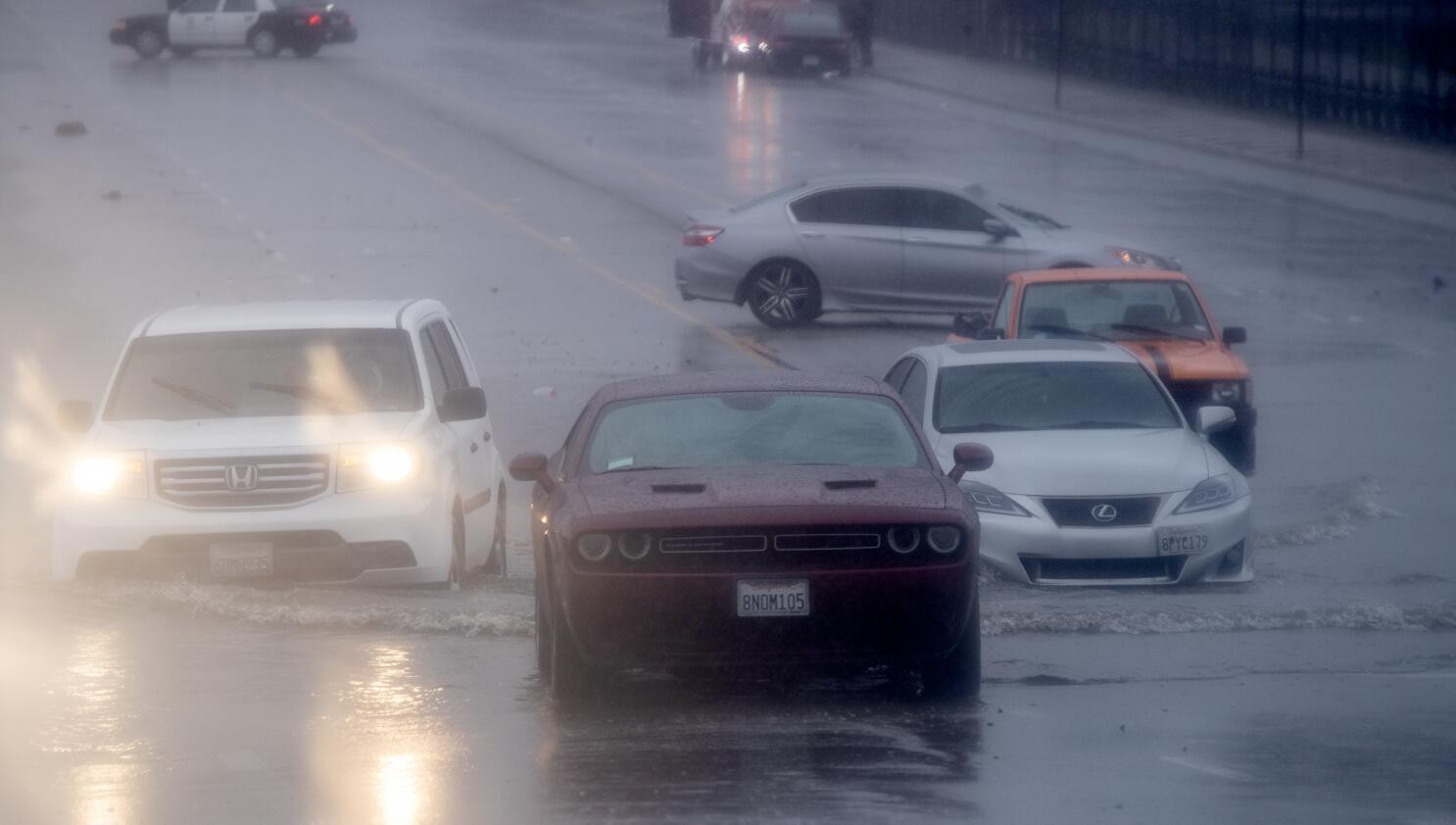Driving in floods is a situation many drivers hope to never encounter. However, if you find yourself having driven through one, it's essential to know the necessary steps to ensure both your safety and the condition of your vehicle. At Get Drivers Ed, we believe in preparing drivers not only for the basics but for these unique situations as well. 1. Check Your Brakes: Always test your brakes after exiting a flooded area. Water can reduce their efficiency. If they're unresponsive, try drying them out by driving slowly while lightly pressing the brake pedal. 2. Inspect Electrical Systems: Water can harm your car's electrical components. If you notice any irregularities in lighting or other systems, get your car checked. 3. Look for Water Damage: Inspect your vehicle for signs of water damage, especially in the undercarriage. If water entered the engine, avoid starting the car and consult a mechanic. 4. Check Fluids: Water contamination can degrade the quality of essential fluids. Always check the color and consistency post-flood. 5. Review the Interior: Water in the interior can lead to mold. Ensure carpets, seats, and other areas are dry or consider professional cleaning. 6. Drivers Ed Tip: Always avoid driving through floods if possible. Even shallow-looking water can be deceiving and cause significant damage.
GET MORE THAN 40% OFF YOUR PURCHASE
OFFER EXPIRES IN
09
HRS
46
MIN
20
SEC

